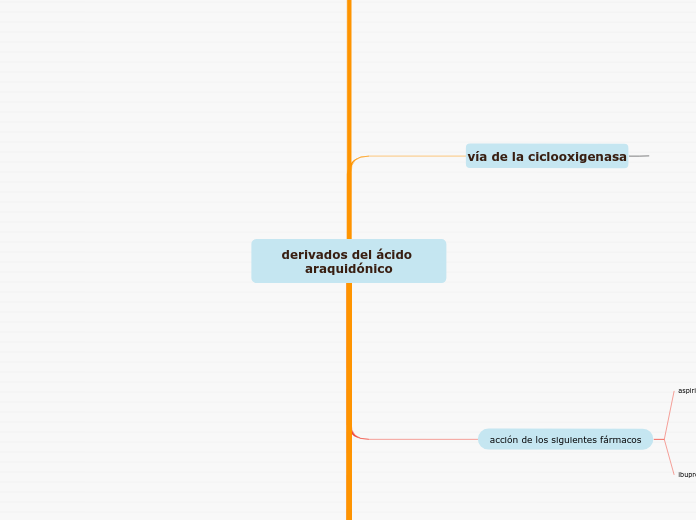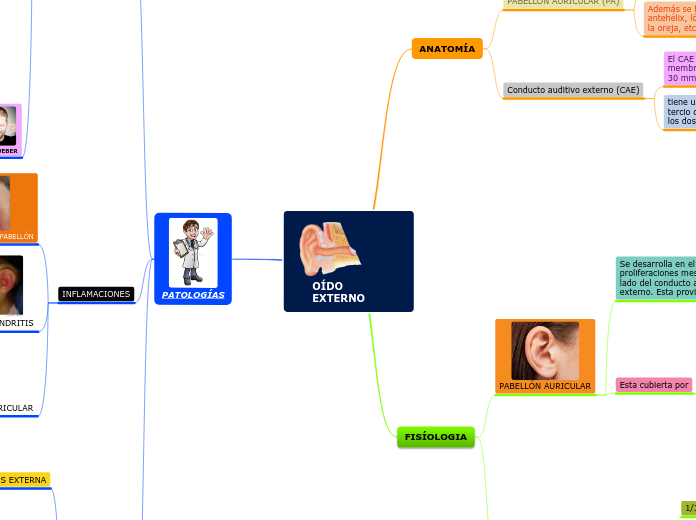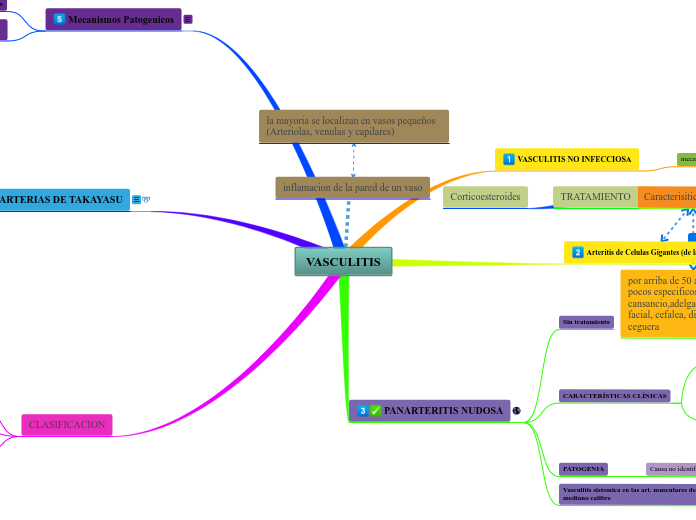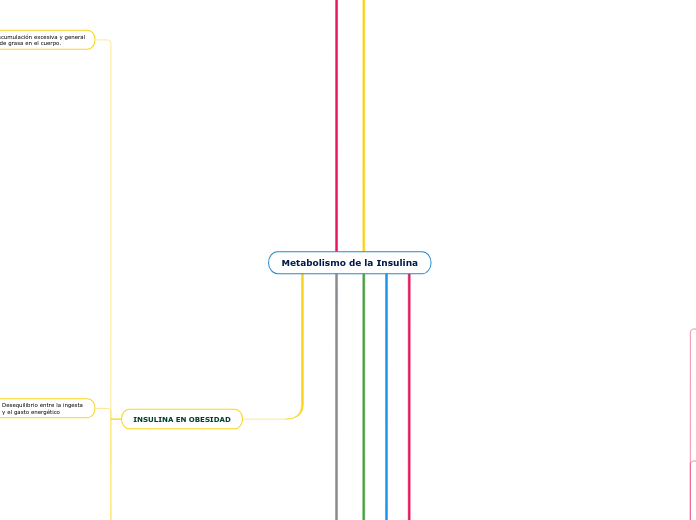derivados del ácido araquidónico
To name your story, you have to think about the overall message and what you want your audience to understand from the story. Also, make it relevant and easy to remember.
Rooney M, Pfistere W, et al. Long-term, Multicenter Study of the Safety and Efficacy of Topical Alprostadil Cream in Male Patients with Erectile Dysfunction. J Sex Med 2009; 6 (2):
Padma-Nathan H, Yeager JL. An integrated analysis of alprostadil topical cream for the treatment of erectile dysfunction in 1732 patients. Urology 2006; 68
Bibliografía
mientras los inhibidores de la PDE5 exigen la activación previa por estimulo erectogenos. Apostadillo es un agonista directo que actúa de forma independiente de los estímulos neurológicos
apostadillo PGE1 potencia la acción de la PGE1 natural y facilita la erección del pene
ALPROSTADIL.
citotec
aumenta el flujo renal , mejorando la función renal compensando las vasoconstricción.
montelukas
The ending of a story is essential. We all know that if the ending is weak, what happened before loses its importance. So make it unpredictable, but fair. A resolved ending answers all the questions and ties up any loose threads from the plot.
broncodilatacion causada por B agonista en 2 horas
This is the closure section of the story.
See examples of possible outcomes below:
- all problems have been solved
- it's clear how each one of your characters ends up
- your main character is transformed by the challenge
propiedades antiinflamatorias
Try answering these questions to come up with a closure:
- Have all the problems been solved?
- Is there a clear picture of what happens with each character in the story?
- Has the challenge transformed your main character?
- How do the characters feel in the end?
inhibe potentemente las acciones fisiológicas de los leucotrienos LTC4,LTD4,LTE4 en los receptores CysLT
This is the moment when the main character surpasses the last obstacle and finally faces their greatest challenge.
The climax usually follows one of these patterns:
- realization
- resolution
- choice
Type in your answer.
inhibiendo la broncoconstricción
corticoesteroides
The middle of the story is where you add layers of complications that will lead to the end. Reveal more about the character's journey. Did their personality go through changes? How did they overcome the challenges? And as you build up the story’s central conflict, make it more personal to that character. Also, from the middle act, you have to lead into the final act.
Los esteroides penetran en las células por difusión pasiva y se fijan a un receptor específico estoplasmatico.
Each story has a main character and that character usually needs to solve a problem or challenge. The character's challenge is the one that creates tension throughout the story.
En una segunda fase el complejo receptor-esteroide activado, sufre un proceso de translocación y se fija al ADN en el núcleo dando lugar a la formación de ARN y la correspondiente síntesis de proteínas que, en última instancia, median los efectos fisiológicos o farmacológicos del esteroide.
Type in any other challenges which other characters in the story need to face.
Other challenges
Los corticosteroides aumentan los requerimientos de insulina y antidiabéticos orales.
In most stories, there are 3 challenges. The number 3 is a mystical number symbolizing completeness. Try to come up with interesting challenges with which your character needs to struggle.
See a few examples below:
- turns into a werewolf at night
- is sent back in time
hipertensos, insuficiencia cardíaca, epilépticos, enfermedades infecciosas en general y en insuficiencia renal
Deben manejarse con precaución en: pacientes diabéticos
acción de los siguientes fármacos
In the beginning of the story (or the exposition), you will need to introduce the setting and characters. You might also want to introduce the main conflict. This part of the story is important because it gives the reader necessary background information and maybe even a first insight into a character’s personality.
ibuprofeno(AINES)
The setting (time & place) of a story can change throughout the plot.
su mecanismo de acción se debe a la inhibición de la síntesis de prostaglandinas
The weather is an important element in your story because it can highly influence the ambiance and the mood of the characters.
y un 80 % en el tracto gastrointestinal.
The most affected character is the main character. Write down here if he/she is affected by these weather conditions in any way. For example, if they lost a family member or their home during a hurricane, etc.
por via oral se absorve rapido
Decide if you want to include an element of nature in your story. For example, a rainbow can be a very nice choice for a happy ending. The mist in a story can represent mystery and secrets. A thunder can appear in the background at the moment when the 'bad guy' of the story makes its appearance, etc.
su papel aparece en la aparición de la fiebre dolor e inflamación.
Does your story include catastrophic weather? See a few suggestions below or add your own:
- hurricane, earthquake, storm, etc
compuesto no esteroide derivado del acido propiónico con propiedades antiinflamatorio.
Your story can take place wherever your imagination will take you to.
For example: in an elevator, in an enchanted forest, etc. Don't forget to give details of the environment each time the setting changes, otherwise, the story can be confusing. Also, mention the seasons as each of them has unique weather and events.
antipiréticos
analgésicos
aspirina
Characters are essential to a good story. Usually, the protagonist(s) is/are the most affected by the plot. Introduce a character by focusing on their actions, interests, and occupation, as the physical appearance doesn't make a difference in most cases.
analgésico , antiinflamatorio , antipirético.
Type in the name of your character.
efecto antipirético , inhibe la COX , pasa por el hígado y se absorbe en el torrente sanguíneo
Add other qualities/attributes of the character.
COX 2 función de mediar en procesos de desinflamación y en la señalización de prostanoides
antiagregación plaquetaria
fiebre reumática
interfiere con síntesis de prostaglandinas inhibiendo la ciclooxigenasa
What is your character's main goal?
fight Evilfind lovedefeat his/her enemyrule the worldmake friendstime travelmake an awesome discoveryOther
vía de la ciclooxigenasa
vía de la lipoxigenasas
Enzimas (LOX ) origina a los leucotrienos y las lipoxinas.
Enzimas 15- lipoxigenasa actua sobre el AA para generar las lipoxinas A4 (LXA4) y B4(LXB4). la enzima 12-lipoxigenasa tambien puede actuar sobre LTA4.
funcionan como inhibidores de la inflamación
lipoxinas :
La enzimas 5-lipooxigenasa produce los leucotrienos y se encuentran en los leucocitos y en otras células inflamatorias.
el primer leucotrieno generado es el LTA4, el cual va a dar lugar a otros leucotrienos
LTC4 sintasa da lugar a la LTC4 degradación del glutamato por peptidasa genera LTD4 Y LTE4
Cuando la enzima ciclooxigenasa COX 1 Y COX 2 actúa , sobre el acido araquidónico produce las moléculas denominadas prostanoides.
prostanoides
tromboxano TXA2
Funciona como un agente agregador plaquetario y vasoconstrictor.
prostaglandinas
PG12 prostaciclina
provoca vasodilatación inhibición de la agregación plaquetaria y dilatación plaquetaria.
PGF2a
estimula la contracción del musculo liso
PGD2
es un agente quimiotáctico que realiza acciones tanto proinflamatorias como antinflamatorias.
PGE2
participa en inducción de la fiebre y el dolor estimula la contracción del musculo liso uterino y disminuye la secreción acida del estomago.
PGE1
disminuye el tono vascular y estimula la vasodilatacion.
cisteinil leucotrienos actúan como bronco constrictores y aumentan la permeabilidad vascular.
da lugar a la LTB4 funciona como agente quimiotáctico
leucotrienos :










